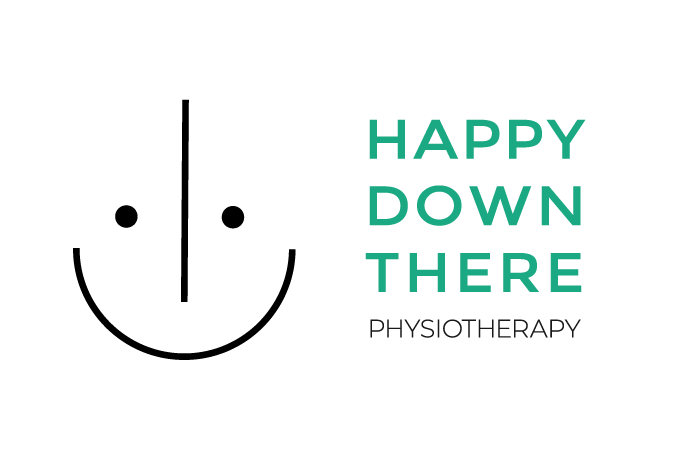What is diastasis recti - and how can it be treated?
What is it?
First of all, it is NOT a separation of your abs. What it actually is is that there is a connective tissue called the linea alba. It runs from the bottom part of your sternum to the pubic bone, and when you’re pregnant, more tissue is laid down along the linea alba. This means that when the baby comes out, there is a big void in the belly, like an elastic band that was stretched out for months and months and then it suddenly is not stretched anymore. It’s not going to bounce back into the original pre-stretched position. Instead, it’s going to be thin and vulnerable. That’s what is happening to the linea alba.
Can you avoid getting diastasis recti?
Every human who gets to the third semester of a pregnancy will have diastasis. It’s just biology. But you can minimize how vulnerable you make that linea alba by taking care of how you move. Don’t go jumping out of bed but roll to the side and then push yourself up, for example. You should also avoid things like excessive bloating and straining because of constipation.
So, when the baby comes out, then the linea alba becomes vulnerable and it just needs a tad bit of support from the inner core and pelvic floor so that it can return back to it’s original position. And by the way, yes the width of the diastasis recti is measured but MORE IMPORTANTLY what is the DEPTH of the diastasis recti – is it to my first joint or second joint? Are my fingers sinking into your belly too far?
How do I treat it?
When the baby comes out, the linea alba needs support from the inner core and pelvic floor so it can return to its original position. After delivery or abdominal surgery, a pelvic physio will give you a personalized care program which could include: a pelvic floor strengthening program and functional movement training. One of the exercises you might do are curl ups, tying a bedsheet around your core and doing modified breathing curl ups. (Please don’t do this without the supervision of a pelvic health physio though!) Most of all, it’s all about a lot of care, time and patience. It’s certainly worth persevering with because it is also associated with pelvic floor dysfunction, pelvic organ prolapse, pain, bladder leaks, bowel trouble and sexual dysfunction.
